History/driving impressions originally published in AutoWeek April 24, 2000; republished by the author
“By the fifth Corona it seem like a bitchin’ idea,” Rick Titus chuckled. But the problem with bench racing Chuck Beck, he added, is that Beck has the skills to execute what most of us would just propose and forget. So with the Renault R5 Turbo rally car as inspiration and a PBS special on some Aussie stuffing Holden 5.0-liter V8’s in the middle of Alfa GTVs at $60,000 a pop as market research, Titus and Beck decided to build a Ford Festiva with a Taurus SHO motor in the backseat. And not just as a one-off, but a series, produced and sold.
Crazy, maybe, but Beck’s experience building the best Porsche 550 Spyder replica in the world (to date more than 1,000 sold) made this a simple task in comparison. The duo acquired a Festiva and cut away whatever didn’t seem necessary and then install the 220-horsepower Yamaha-developed V6 and its five-speed transaxle, subframe and all, into a race car-like roll cage in the back of the car. The Festiva’s original motor was replaced by a 15-gallon fuel cell and space-saver spare.
A Taurus SHO strut-type suspension was installed front and rear, and three-piece BBS wheels fitted with 205/50ZR-15 Goodyear Gatorbacks in front and 245/45ZR-16’s in back, all covered by huge flares with the exhaust vents on the rear edges, and the rears with built-in scoops. A cavernous vent for the radiator creased the hood. A front spoiler with integrated fog lights and flared rocker panels completed the external visuals. Lovely it wasn’t, but it wasn’t supposed to be. Titus and Beck set up Special Editions Inc., to produce what they called “The Shoebox from Hell,” and managed to get the prototype displayed in the Ford tent at the 1990 Monterey historic races.
“We figured we were doing them a big favor,” Titus now laughs. However, plans to buy the SHO motors directly from Ford fell through when people from Ford actually drove the Shogun and decided to distance the company from the ferocious little beast. Special Editions had to buy new SHOs for their drivetrains and suspensions.
Titus said that dealers were quick to offer the slow-selling sedans from the inventory at very friendly price, and Special Editions was easily able to sell the new SHO bodies. Still, the original price of $42,500 went up by five grand to cover the extra costs.
Titus and Beck began producing the car in early 1991. An order for 50 from a distributor in Japan gave the pair of flying start and a run of cars limited to 250, per Special Editions literature, “to enhance collector value.”
Autoweek’s review called it “a whole mid-engined car that’s greater than the sum of its Ford parts.” The yellow prototype we drove back then has survived and is now owned by Steve Pagano, of Voorhees, N.J. It still looks new, a testament to Beck’s talent and careful owners, and still accelerates like a car with a 10:1 pounds-to-horsepower ratio should, capable of quarter-mile dashes in about 14 seconds flat and a top speed of just under 145 mph. Light the fuse and hang on. Other than that, the stock SHO engine was completely docile. The Shogun was able to circle the skidpad in excess of 0.90 g in its prime, and there was no way on the public road, even being unreasonable, that the Shogun could be broken from its tether to the pavement. In yellow, it certainly turned heads.
Titus credits Pete Halsmer who, in driving the prototype a mere 100 feet, sensed the positive rear caster. Special Editions used the same settings in the rear of the Shogun that Ford had in the front of the Taurus SHO. Taking the caster out sweetened the handling immensely, admits Titus.
Though successful as a vehicle, the Shogun wasn’t a financial success. With the order from Japan imploding and the specialty car market drying up with Saddam Hussein’s invasion of Kuwait, there were only eight made, including the prototype. Timing is everything, they say, and had the project been completed a year or two earlier, during the crest of the collector car market, Titus believes they easily could have sold several hundred. Still, they came out about even financially, and the experience of the 4,400 decisions in developing the car (yes, he counted) increased his respect for the complex task of building cars. So no, the Shogun wasn’t what it might have been, but you won’t find Rick Titus crying in his beer.








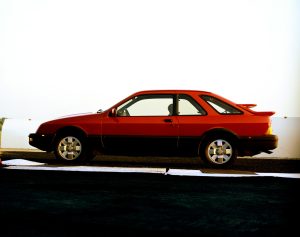
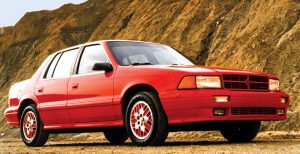
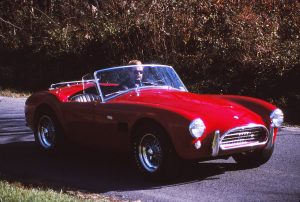
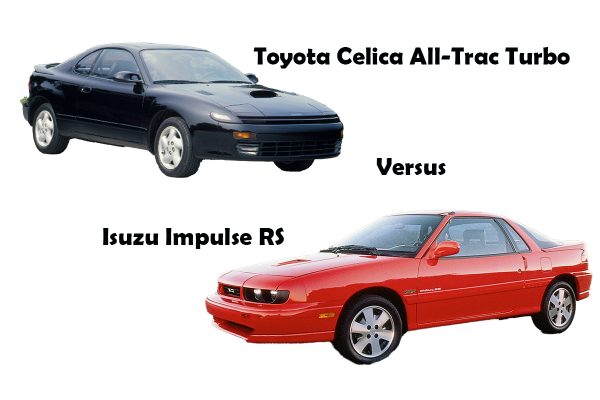
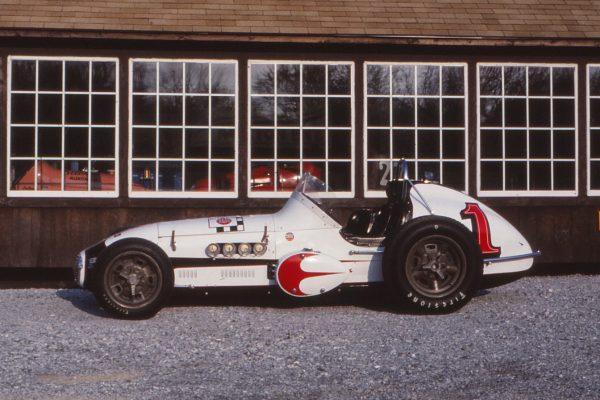
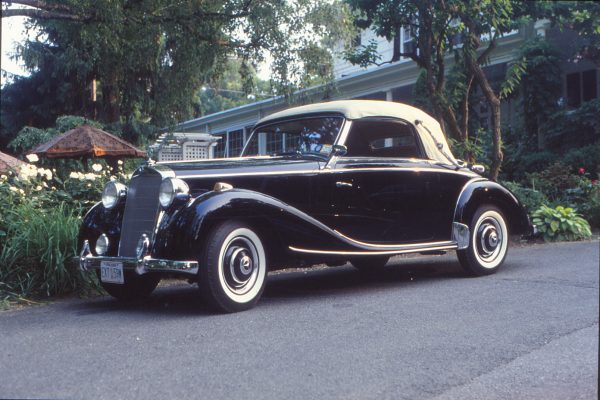
What Do You Think?
You must be logged in to post a comment.